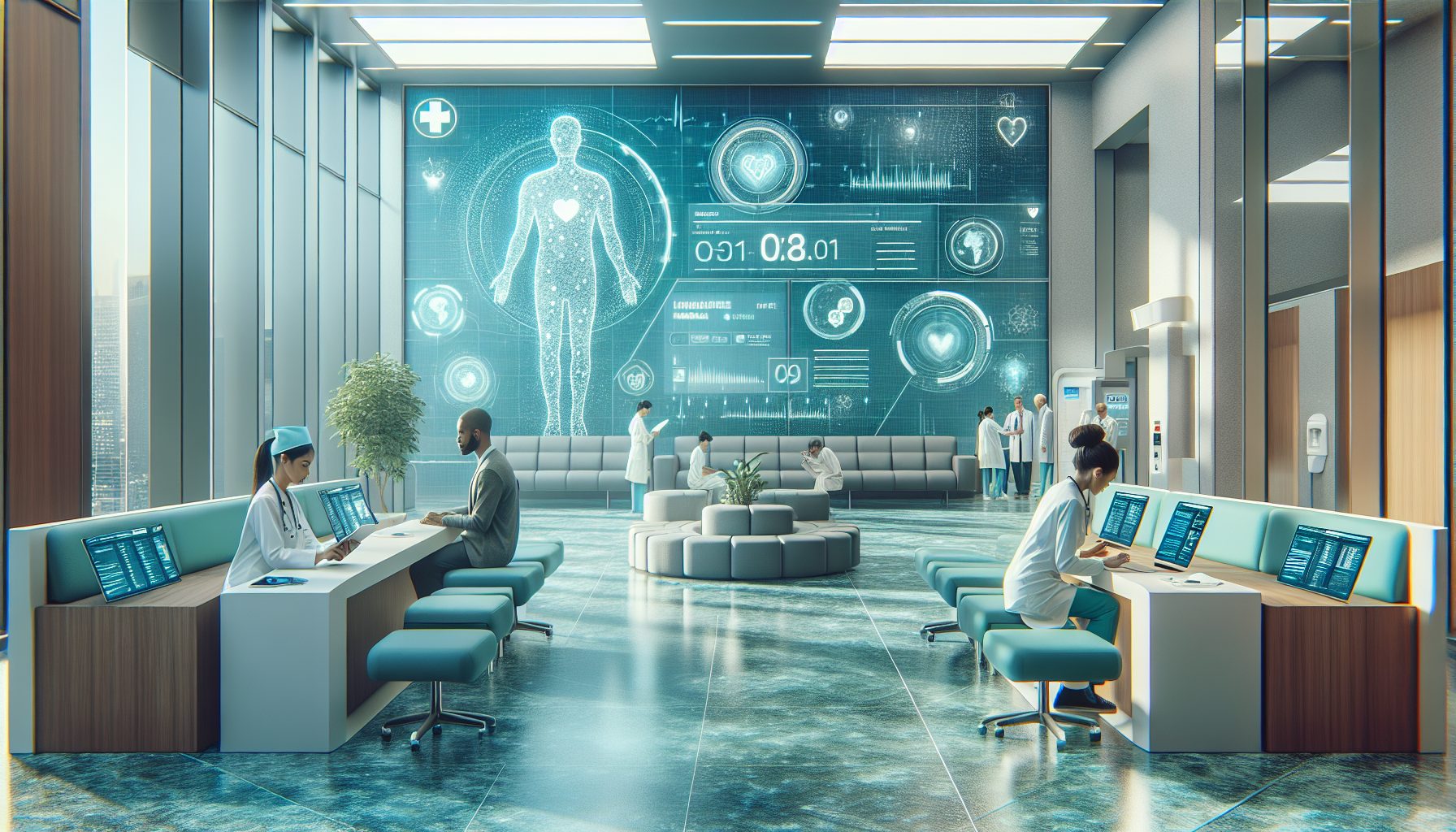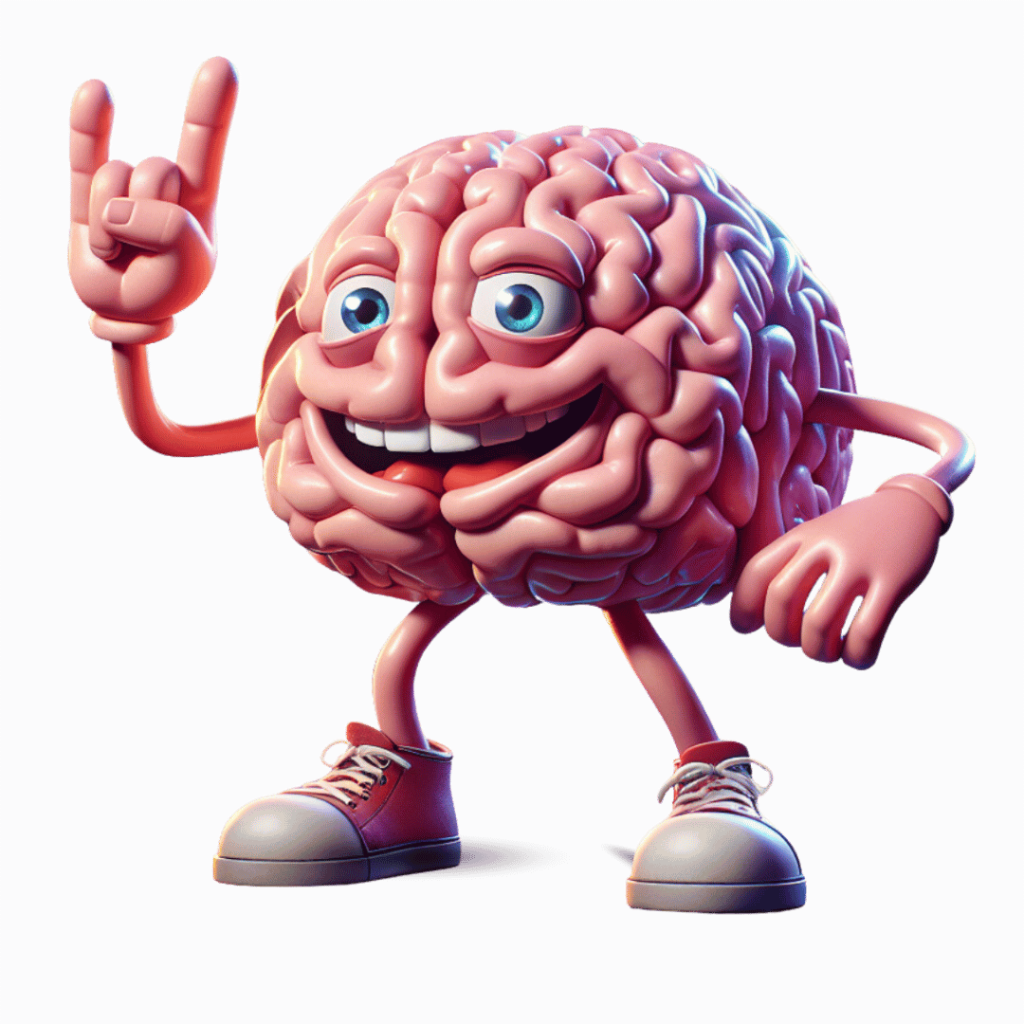The ‘Empty Waiting Room’ Effect: How AI is Revolutionizing Patient Flow
Welcome to the future, where waiting rooms are as empty as your fridge on a Sunday night—and we’re not just talking about the absence of stale donut holes. The “Empty Waiting Room” effect is not just a catchy phrase; it represents a healthcare dream being brought to life, thanks to Artificial Intelligence (AI). Imagine walking into a clinic and not having to wait for your appointment. Sounds like a fantasy, right? Well, with AI at the helm of patient flow management, that dream is becoming a reality. Let’s dive deep into how AI is reshaping patient experiences, reducing wait times, and enhancing overall satisfaction.

The Challenge of Overcrowded Waiting Rooms
Picture this: it’s the middle of flu season, and you walk into a vibrant waiting room filled with coughs, sneezes, and the unmistakable smell of antiseptic. Smushed between a family with a kid battling a bug and an elderly couple getting their blood pressure checked, you check your watch for the thousandth time. This is the reality of overcrowded waiting rooms in many healthcare facilities.
Here are some quick stats to consider:
- The average wait time for a primary care appointment can exceed 20 days.
- Patients report higher stress levels when faced with long wait times.
- Overcrowded waiting rooms can lead to poorer health outcomes for patients.
These challenges highlight the crucial need for innovative solutions to make patient flow more efficient.
AI Solutions Revolutionizing Patient Flow
Enter AI—the superhero of modern healthcare! With its super-intelligence and data-crunching abilities, AI is here to transform patient flow like never before.
Some game-changing AI technologies making an impact include:
- Intelligent triage systems: These assess patient needs and prioritize care based on urgency, allowing healthcare professionals to optimize their time.
- Chatbots: Available 24/7, they can field initial questions, schedule appointments, and provide essential information, saving both patients and staff valuable time.
- Automated appointment scheduling: AI algorithms can analyze patterns and adjust schedules accordingly, minimizing gaps and overbookings.
By implementing these tools, healthcare facilities can streamline processes, reduce the burden on staff, and ultimately create a better experience for patients. If you want a deeper dive into how AI can be integrated into healthcare, check out our AI in Healthcare: Intro to Integration and Innovation Mini-Course.
Predictive Analytics in Patient Management
Now, let’s talk about the magic of predictive analytics. Imagine if healthcare providers could forecast patient volumes like weather predictions—”Chance of flu patients: 80%!”—all thanks to AI. Through analyzing historical data and trends, predictive analytics helps providers anticipate patient flow, allowing them to prepare for busy seasons or times of day.
A few key points on how predictive analytics can improve patient management:
- AI models help predict patient footfall, allowing healthcare facilities to allocate resources effectively.
- These insights enable streamlined scheduling, meaning fewer missed appointments and less last-minute chaos.
- Predictive analytics can lead to proactive engagement with patients, targeting those who are overdue for check-ups or vaccines.
Want to level up your skills in medical visualization and analysis? Discover our Interactive Prompt Course: 50 AI Prompts to Become the DaVinci of Digital Diagnosis.
The Rise of Telehealth: Minimizing Physical Wait Times
Who would have thought that your living room could also be your doctor’s office? Enter the age of telehealth! With the rise of telehealth services, patients now have options to consult with healthcare providers from the comfort of their home, effectively reducing the need for physical waiting rooms.
Here’s why telehealth is improving healthcare delivery:
- It breaks down geographical barriers, giving access to patients in remote areas.
- Infection risk is lowered—no need to sit in a germ-riddled waiting area.
- Flexible scheduling means patients can see their provider at a time that works for them, expanding the options beyond typical office hours.
Telehealth, combined with AI-driven scheduling systems, creates a two-fold approach that can dramatically improve patient flow and experience.
Innovations in Queue Management and Patient Engagement
What about when patients do need to visit in person? Smart queue management systems have arrived to save the day! Imagine a world where patients can wait anywhere but the doctor’s office—sounds dreamy, right?
These innovations include:
- Real-time updates: Patients receive notifications about their wait times and any changes to their appointments directly to their mobile devices.
- Virtual waiting rooms: Patients check in remotely and receive a notification when it’s their turn, allowing them to relax until they are needed.
- Patient feedback systems: AI can analyze feedback in real time, allowing facilities to make immediate adjustments to improve the experience.
All these improvements lead to happier patients, which is the ultimate goal. It’s a win-win!
Success Stories: Case Studies of Transformations
To really illustrate the positive changes AI brings, let’s shine a spotlight on a few healthcare facilities leading the charge:
- Case Study A: A regional hospital implemented predictive analytics, resulting in a 30% decrease in patient wait times—definitive proof that data is king!
- Case Study B: A pediatric clinic that adopted telehealth reported a significant increase in patient satisfaction and lower no-show rates.
- Case Study C: A large research hospital utilized smart queue management and saw operational efficiency improve, allowing staff to attend to more patients and ultimately revenue growth.
These examples showcase that when it comes to patient flow, meaningful innovations and strategic investments can yield incredible results.
The Next Era of Patient Flow Management
As we look to the future, it’s clear that advancements in AI are only going to continue. But with great power comes great responsibility. It’s essential to consider the ethical implications of implementing AI in healthcare, such as data privacy and equity in access to care.
Some trends on the horizon include:
- Integration of AI with wearable health tech for personalized patient engagement.
- Enhanced machine learning models that evolve with patient behavior and needs.
- Greater focus on mental health solutions utilizing AI to deliver tailored support.
Healthcare is evolving at breakneck speed. Understanding these shifts is key for healthcare providers looking to stay ahead of the curve and continue improving patient experiences.
Bringing It All Together
AI is reshaping the healthcare landscape, creating the “Empty Waiting Room” effect that patients have long dreamed of. By harnessing the potential of AI technologies, healthcare facilities can enhance efficiency, improve patient satisfaction, and ultimately increase access to care.
So here’s the challenge: if you’re in healthcare, embrace these changes! Equip your organization with tools like predictive analytics, telehealth options, and smart queue management systems. Say goodbye to overcrowded waiting rooms and hello to a patient-centered future.












